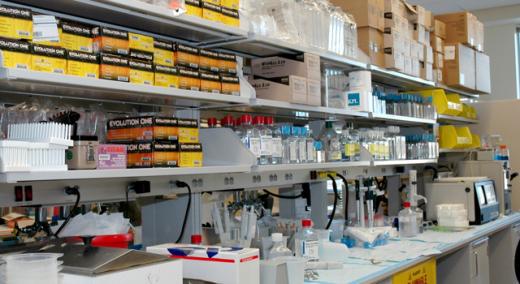Image: National Cancer Institute
Supply chain management is crucial to any medtech company’s ability to deliver safe, effective, and high-quality devices to their customers.
|
ADVERTISEMENT |
But as anyone in the industry can tell you, consistently getting the products and services you need to manufacture your devices is harder than it sounds. In fact, the 2023 Medtech Industry Benchmark Report found that supply chain logistics was the No. 1 concern postmarket companies had when it came to scaling their manufacturing.
So, I want to walk you through some of the challenges that you may face in your medical-device manufacturing supply chain, and how to give yourself more flexibility when something out of your control happens.
Let’s start with the most basic requirement: getting all your parts, components, and materials on time, every time. There are a number of issues medtech companies can run into with their suppliers and supply chains, but a handful are more common than others.
…

Add new comment